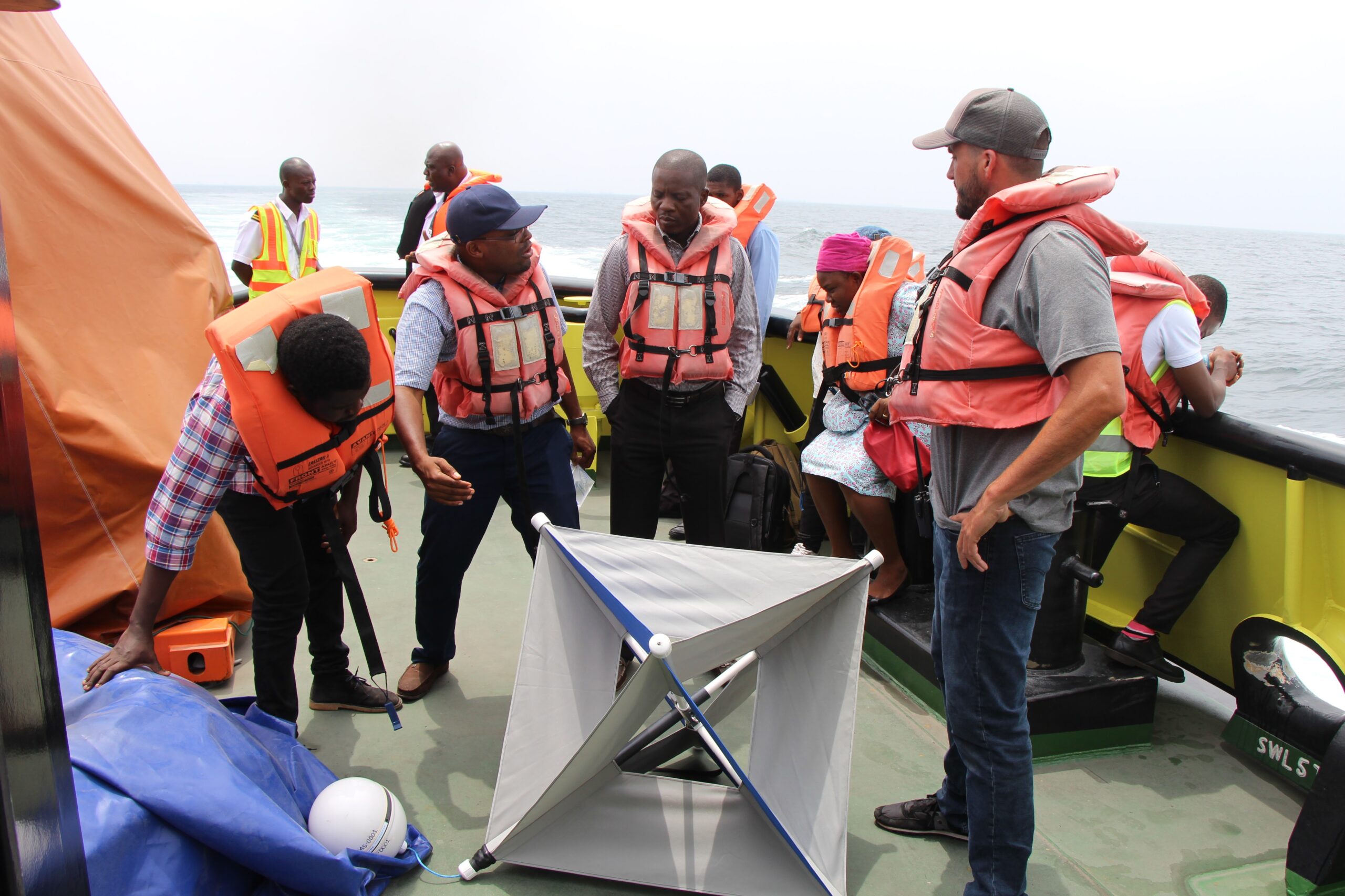Maximizing the Power of Technology in International Development

On #UnitedNationsDay, Research and Innovation Practice Area Director Maggie McDonough discusses the importance of true engagement with local stakeholders and how technology can both be a driver and hindrance of development.
Why are strategies based on multi-sectoral partnerships (including nonprofits, governments, and private corporations) so important in global aid and development?
Fundamentally, the most pressing global challenges – those reflected in the Sustainable Development Goals (SDGs) – are multifaceted. For example, reducing extreme poverty isn’t just an issue of economic growth, but one that also involves addressing education, health care, food security systems, natural resource management, women’s inequality, and so on. These challenges are extraordinarily complex and are more than any single program or donor can tackle: it requires buy-in and action at multiple levels. It needs policy direction and resource mobilization from host country governments; capital investment and employment opportunities from the private sector; rigorous research on critical sectors and workforce preparation from the academic community; targeted assistance from the donor community, and much more. In this way, multi-sector partnerships are not just important, but a precondition to solving development challenges globally.
We see a lot of examples about how technology advancements are helping to advance international aid missions, but can you think of any examples where we have to be cautious about technology potentially hindering global development?
In my view, there are two parts to this answer. The first part focuses on examples where technology was just not a good investment, and the second part focuses on examples where digital interventions had the potential to do active harm. To be clear, I am a diehard believer in the power of technology for development; well-designed digital solutions enable implementers to achieve scale and impact in a way that few other interventions can. However, it is not the silver bullet. I have seen several examples over the years of ICT strategies that are just ineffective: mobile campaigns in regions with low levels of connectivity, or integration of blockchain technology without having a real use case around it. But there are more malignant examples, where badly designed services can actually make things worse. For example, in a development program, even within the same community there can be significant variances in tech use habits among program stakeholders. For example, government officials may rely on web-based platforms, while civil society organizations (CSO) prefer text messaging, and young constituents communicate via instant messenger. If an implementer introduces a tool that favors one channel over another – for example, a smart phone app that may only be accessible to wealthier community members – they can exacerbate socio-economic and political divisions.
What are some of the main lessons that you’ve learned in your 20-year career specializing in science and technology to support global aid and development programming?
During the course of my career, I have worked across a fairly broad range of sectors, countries, and funders, and the constant lesson in each case has been in recognizing the importance of meaningful engagement of host country counterparts. In my experience, the perspective that local colleagues can provide in terms of understanding beneficiaries and local power structures, facilitating community dialogue, measuring constituent sentiment, and more can be a game-changer in achieving the objectives of a program. However, there are often not enough pathways for real local participation. For example, in the technology for development sector, it is common for digital providers to conduct user testing on a product after it is developed, but there are fewer examples of stakeholders being involved regularly in solutioning from the very beginning. When I think of some of the most successful technology projects that I’ve been involved in, they have all included co-design and frequent consultation with local counterparts, and I believe that practice made all the difference in the quality of the service.



